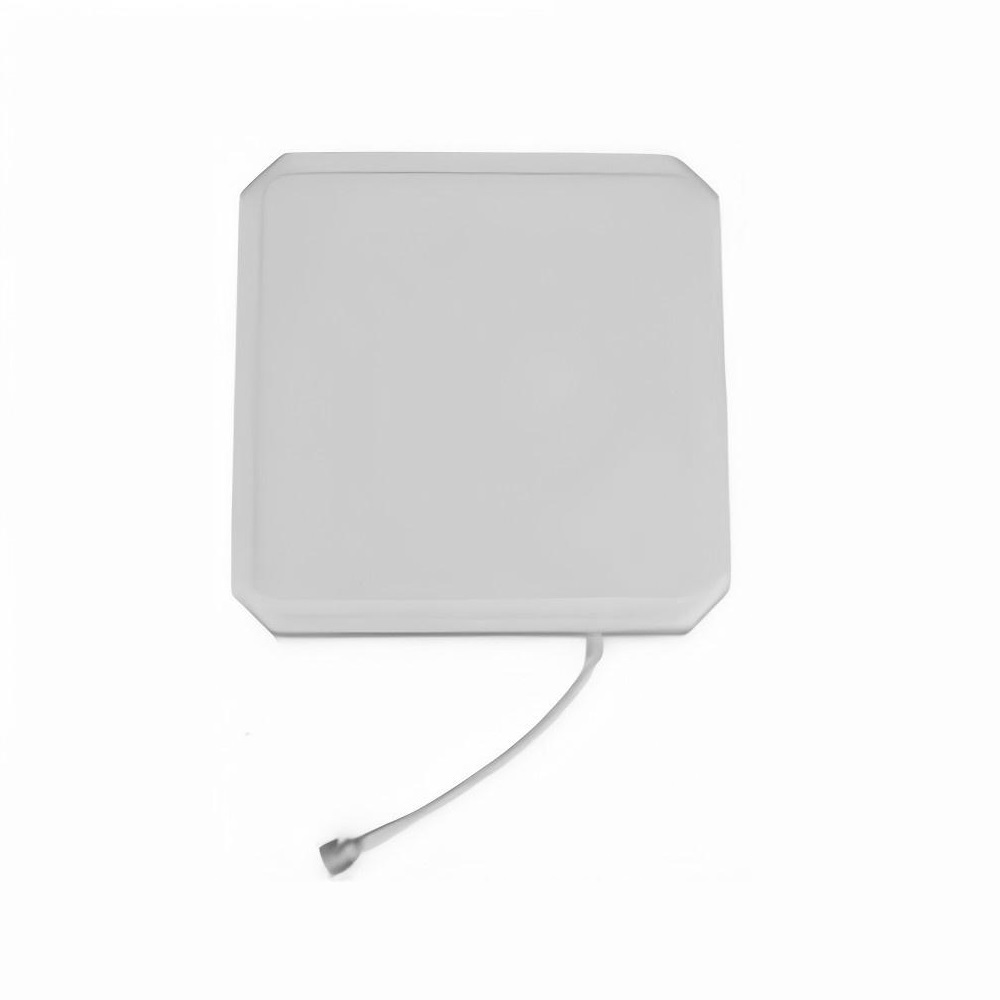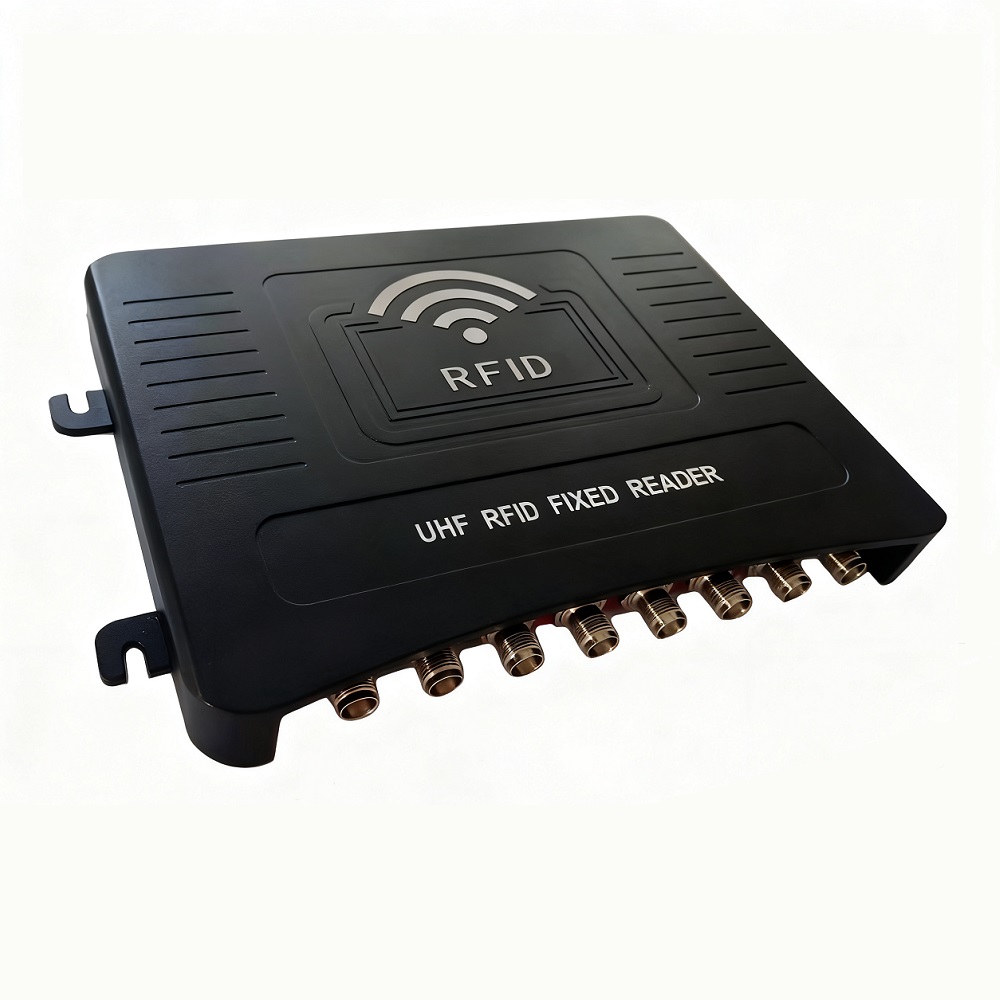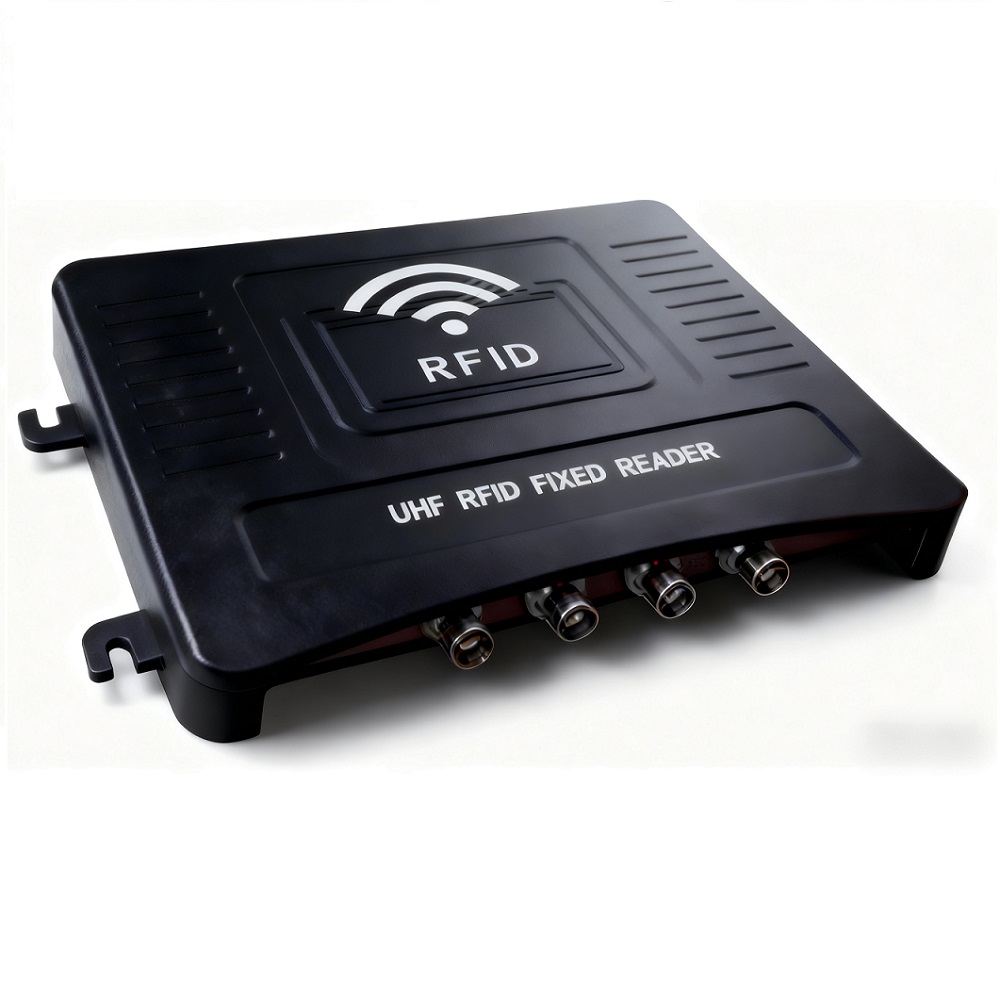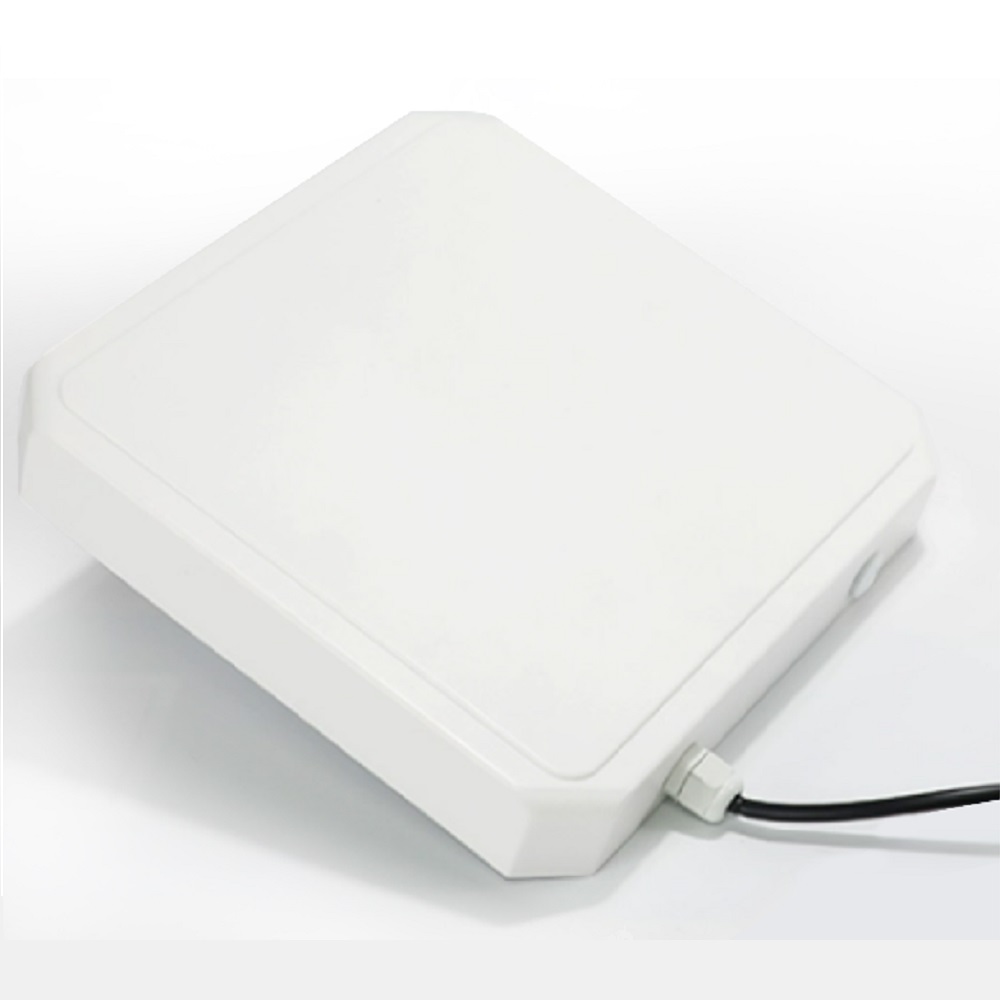With the application of PDA mobile terminal, comprehensive bar code, RFID and network technology, the comprehensive management of key information of animals from farm breeding, slaughtering, processing and transportation is realized, and the whole life cycle of animals is tracked to ensure food safety
Achieving goals
The platform integration design a set of meat product whole process quality traceability system based on the Internet of things technology (including breeding management subsystem, slaughtering and processing management subsystem, transportation management subsystem, sales management subsystem, two-dimensional bar code reading subsystem).
Groundwork
1. The technology of RFID, bar code and wireless communication has been researched and integrated and applied, and the key technical problems of system implementation have been solved;
2. The product traceability from breeding, slaughtering to meat processing and transportation has been realized.
3. Design and implementation of the whole-process quality traceability system for meat products After the implementation, regulatory authorities and consumers can trace the key points of animal meat production through SMS, telephone, Internet and smart phones with bar code identification function, so as to realize the whole-process product quality traceability.
Solution
(1) After livestock are born, RFID electronic tags are assigned unique identification codes as carrier markers. Meanwhile, the breeding management subsystem inputs basic information such as birth records, feed usage logs, immunization records, quarantine documentation, and veterinary medication usage into the system via RFID handheld terminals, which is then transmitted to the information management center.
(2) The main function of the slaughtering and processing management subsystem is to input the basic information of the slaughterhouse, pre-slaughter quarantine information and meat quarantine information into the slaughtering and processing management subsystem, and report to the information management center.
(3) The main function of the transportation management subsystem is to input the information of the transport company, the information of the transport vehicle, the information of the place of departure and destination into the transportation management subsystem, and report it to the information management center.
(4) The main function of the sales management subsystem is to store the basic information of livestock products and the information of sellers into the sales management subsystem, and report the information to the information management center.
(5) The main function of the two-dimensional bar code reading subsystem is to provide consumers with information query of livestock products by using QR code.
Operating process
I. RANCHES
Livestock are fitted with RFID electronic ear tags at birth to serve as unique identifiers. During the breeding process, RFID handheld terminals read the tags 'unique ID numbers and store detailed information including breed type, feed specifications, vaccination records, medication history, environmental conditions, growth status, and farmer details on the ear tags, which are then uploaded to a centralized database. The system also enables digital tracking of individual animals' health issues, treatment progress, mortality events, and eco-friendly disposal procedures within farms, streamlining daily management for livestock farmers.
1. Farmer basic information management
(1) Farmer information login: used to add the information of farmers who have signed the agreement into the database;
(2) Farmer information change: it is used to provide modification function when the basic information of farmers changes;
(3) Farmer information deletion: used to erase the information of farmers who have terminated the contract.
2. Farming information management
The system provides traceability from the date of marking to the date of slaughter.
(1) Collection of conception data: farmers register the information of conceived livestock by themselves, and update the electronic archives of livestock automatically;
(2) Birth data collection: farmers register the birth information of livestock by themselves, and remind the company staff to carry out the operation with labels;
(3) Death data collection: farmers register the information of livestock death by themselves, and automatically notify the company personnel to confirm the operation;
(4) Disease data collection: Farmers register the information of diseased livestock by themselves.
3. Epidemic immunization surveillance
Provide traceability queries for all livestock immunization and treatment records, including all handlers of the entire process, as well as medication records.
II. Slaughterhouses
1. Farmers collect livestock at slaughterhouses, which then add traceability data to the RFID tags, including details such as slaughter location, handler, and time. The system records entry information like arrival date, breed, sex, age, tag number, initial weight, and quarantine documentation (source location, quarantine certificate number, inspector's name/number, non-epidemic zone certification, vehicle disinfection certificate). Post-entry records must include feed intake, growth metrics, vaccination records (quarantine certificates and vaccine administration), and treatment history (including veterinary drug sources, names, recipients, dosages, and application times).
2. Slaughter and Processing: The process involves slaughtering, dismembering, and sorting livestock. A batch of animals from a specific farming household is selected as the slaughter target. Each meat portion is placed into a box labeled with its name and RFID information of the butcher and relevant personnel. The old ear tag data and RFID tags on the boxes are collected and uniformly entered into the database.3. Weighing packaging uses QR code traceability scale, printing product QR code and other information on the outer packaging. That is, import the information in the database to the traceability scale, and print the meat certificate with traceability information.
III. Logistics and transportation
Scan the product QR code and add complete information, including warehouse, transport vehicle, product pictures and other relevant information.
IV. Supermarkets and consumer terminals
Consumers scan the QR code on the product package to obtain traceability information.








